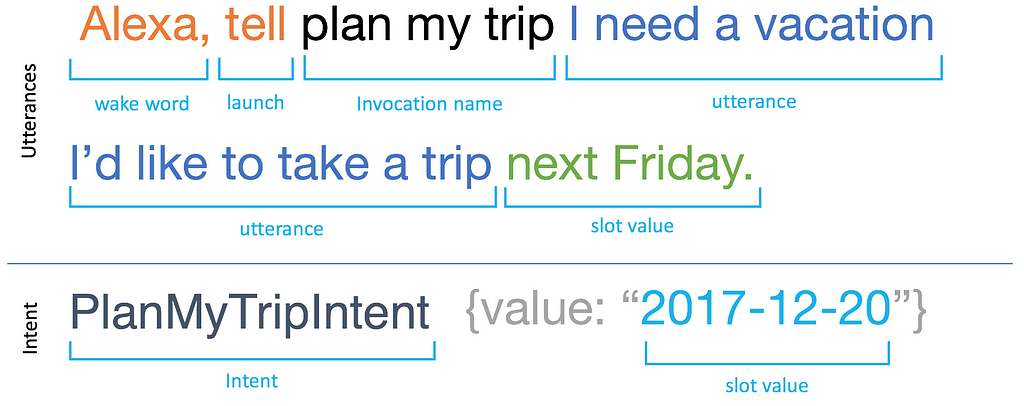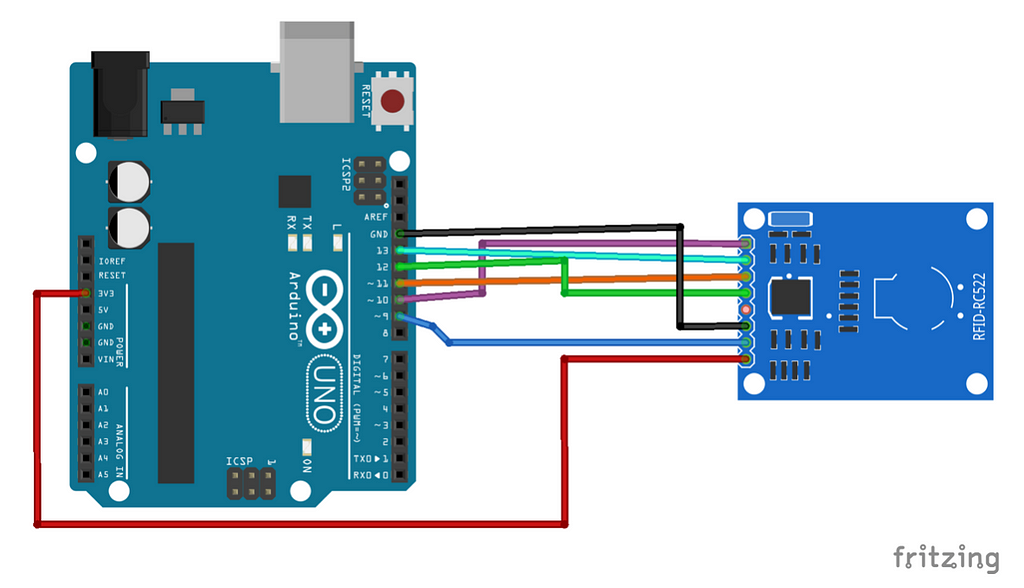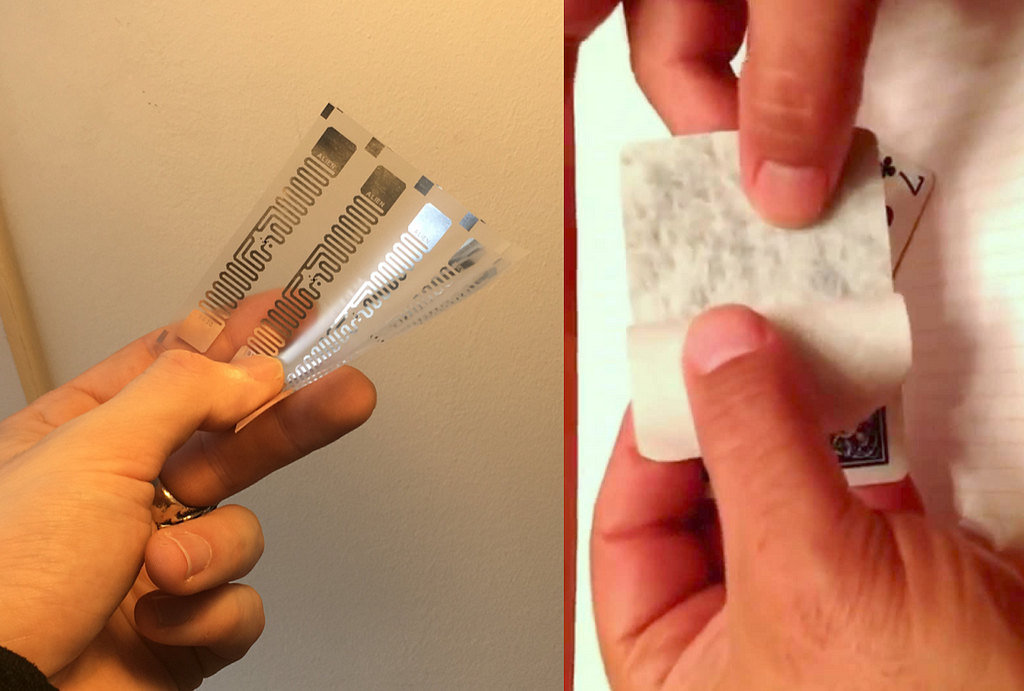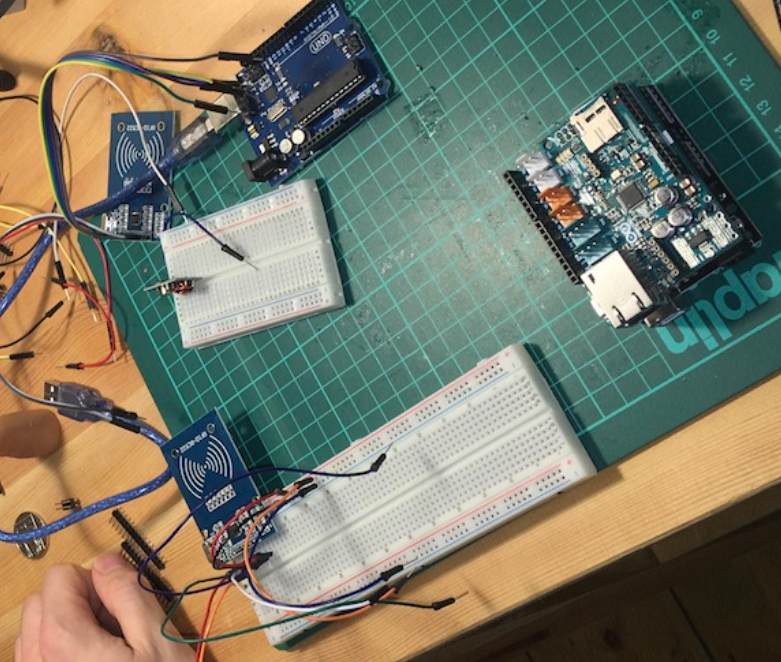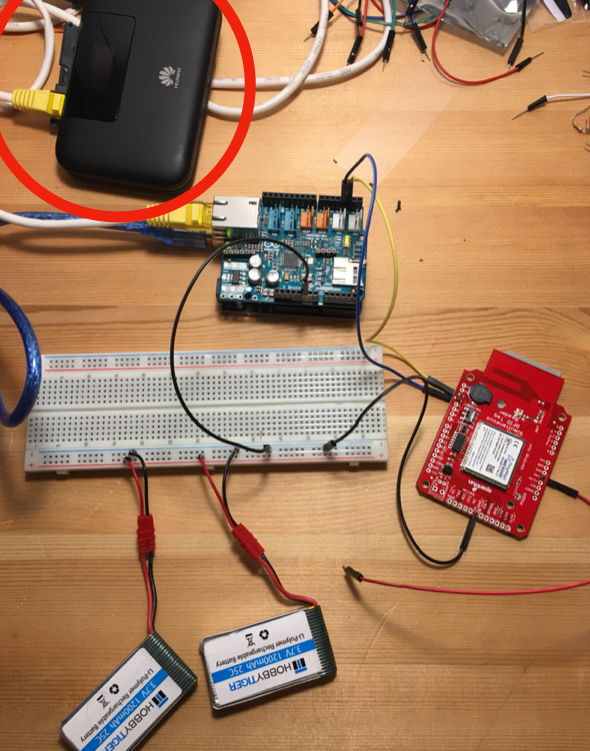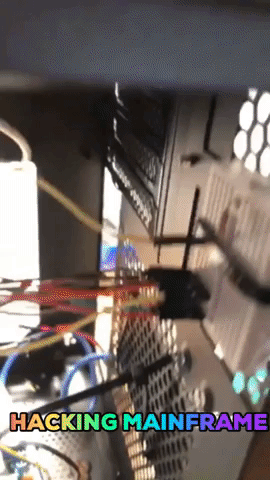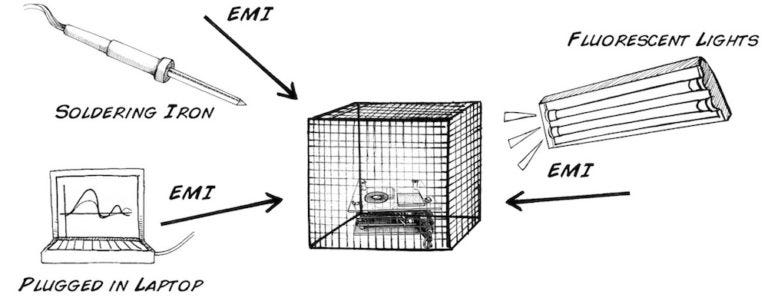Latest news about Bitcoin and all cryptocurrencies. Your daily crypto news habit.
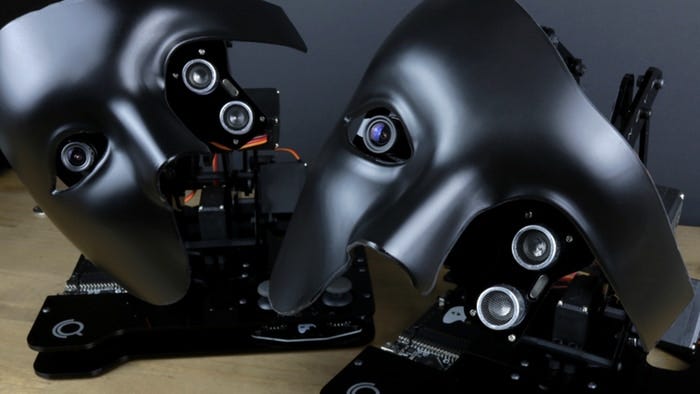
We live in an age of technological hyperactivity, innovations and creations hitting your twitter feed every twenty seconds.
Things are moving so fast at this point; the average consumer can hardly keep up with what’s real, and what is entirely science fiction. Science fiction only really has a few weapons left in it’s creative arsenal, time travel, space travel to name a few that we haven’t invented because holograms, they’re a thing now.
I want to share with you a story about technology and deception, but ultimately the pshycy of a social engineer, a person who preys on societies flaws, weaving through it’s mazes to deceive people for their own ‘entertainment’.
How it started
Someone on a vast, worldwide news network got in touch with me to ask if I had any material that they could feature. As a magician who has recently been viewed online as America’s ‘technology magician’, they were seeking something cutting edge and themed for their tech updates show.
This was the kind of opportunity for me to perform a stable, well-rehearsed routine and feature a little bit of technology.
But I had a far more sinister, manipulative plan.
I wanted to create an AI, which could read peoples minds.
It’s easy as a mindreader to present this idea because theoretically, who else could teach a machine to read minds other than someone who already knows how to read minds.
If I can substantially prove that I can read your mind, it’s fairly logical to expect I can teach an adequately powerful AI to do the same, if not better, especially if I quote a few Google DeepMind or AlphaGo articles.
Like any good magic trick, the real deception lies in the story, distracting the spectator from what’s going on with fancy gimmicks and convincing patter, to trick them into thinking what is happening is magic, not a trick.
Building the ‘AI’
The first step was to create something that could speak to my spectator, give the whole act a human element. I had played around with an Alexa before but this time I had to learn how to program custom Amazon Alexa skills. This would allow me to create my speech pattern for Alexa and control it using any external source I want, my watch, voice, even changing the words I use in my command can signal to the Alexa; this could be the hidden signal telling Alexa what I want it to say based on the model below.
They’re pretty incredible, you can use any Invocation name to open your custom app and then any utterance word as the first layer, you can then apply inline ‘slots’ to your command to give you unlimited triggers for different pieces of code.
‘Alexa Ask Your Mind to tell me what they’re thinking.’‘Alexa Ask Your Mind to read this persons mind using AI.’
That’s one app, running two different programs.
‘Alexa Ask Your AI Engine to read this persons mind using AI.’
That’s a different app, running a completely different program.
What I am trying to show here is that there are 100’s of ways of asking the same question, and each variant can trigger a different signal to the Alexa, which will run a seperate piece of code.
This method would mean I could personally read someones mind, then tell the Alexa what card they have and the Alexa would just read it out.
Simple.
The average consumer is completely unaware of this; in fact, I performed this for the CCO’s (chief cybersecurity officers) of many major tech companies, the kind that have a direct line to goverment officials, and they too were oblivious as to what was going on. You will be surprised how many people in technology have no idea about the scope of some low end consumer tech products we take for granted every day.
That’s the output part of my deception.
But it’s way too boring for a hacker.
I need to work out how to tell the Alexa what card the person is currently thinking of (without signaling it first). More so, I need to find a way to work out what card the person is thinking of, using real magic?
There are lots of magic tricks that allow me to peek the card someone is looking at, or to force them to pick a card, however I want to have zero involvement in this routine and also have the option of repeating it multiple times, it has to fool the biggest sceptic.
I built a NFC reader, using an Arduino Uno and a simple RFID reader, it cost no more than 30 bucks. Before this, I hadn’t done any electronics, maybe a few LEDs and resistors back in high school but that was it. I was shocked how easy the Arduino stuff is to work with, I watched a few tutorials and took some code from the Arduino CC library.
I then placed RFID chips in between the two paper layers of each playing card. These things are completely undetecable, and can store endless amounts of data. I didn’t need that, I just used the unique IDs stored on the chip, created a json object and paired them to the playing cards. The result was 52 RFID playing cards, made of paper.
This worked well, you could ask the spectator to place the card on a table, hide the RFID reader under the table and then the RFID reader would ping the card over the internet to my node server. When you ask the Alexa what the card is, it runs a script on Lambda, queries the node server for the JSON object which stores the current playing card and then the Alexa literally READS OUT THE TEXT.
I found that the coolest part, the Alexa can read out text stored on a NFC chip. This all happens in a few 100ms.
It was cool enough for WIRED magazine, who wrote about my performance of this hack.
(I wanted to be in WIRED ever since Paramount’s remake of The Italian Job, Seth Green’s character claimed to be “ The Real Napster” and got on the cover. lol)
Sadly, this still isn’t good enough, the NFC reader has a 10–20cm range and who wants to put a card down on a table for that? If the magician has to deliver a set of rules to the spectator then he’s already leading them through a maze.
I don’t want to make a maze, I want to make The Matrix.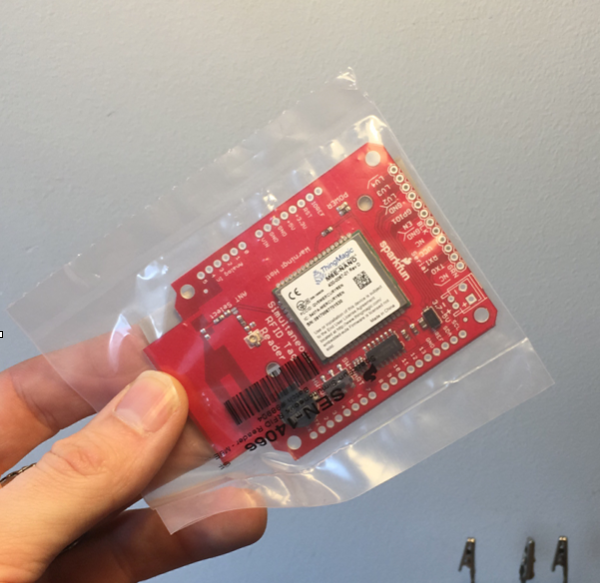
$300 and 5 days later, Sparkfun sent this bad boy to me. It’s the M6e simultaneous card reader. It can read multiple UHF RFID chips and from what they have told me, when used with an antenna, has a 10 meter range.
Boom.
I wired the Arduino to a Ethernet shield and plugged that into a wi-fi hotspot to make it mobile. I used PubNub to send the RFID data from the chip to my node server, it’s lightweight and I also used them for all my America’s Got Talent hacks, but that’s another story (I explained in my TED talk). I wanted to wear this thing in my jacket, so I had a USB bank too. Sadly, the m6e needs a HUGE amount of power, like 2–5amps at full power draw to get 10 meters range.
Outsourcing a hacker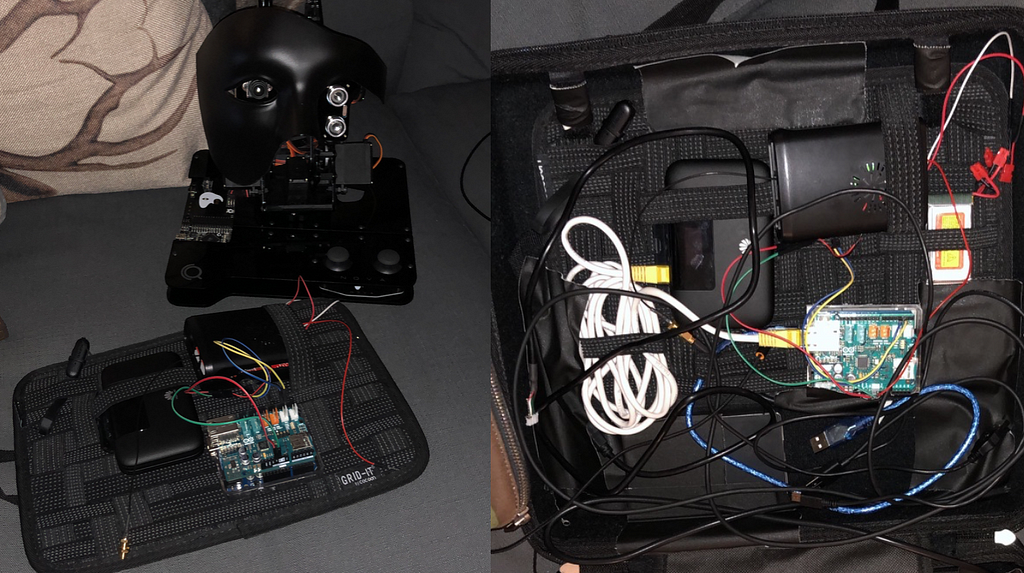 The whole thing packed into a small case. Yes, I took this on a plane once.
The whole thing packed into a small case. Yes, I took this on a plane once.
I was in over my head, I don’t know about the technical power ratings and numbers and things, but someone else does.
Jumped onto Upwork (hire a freelancer website) and put a job up for someone who can make Arduino stuff, explained the chip etc. a few hours later someone came back to me.
Robert, my god, what a gangsta. He worked at the US Navy or something, builds radios and stuff, such a solid guy. After $40 he had sent me a full wiring diagram and links to Amazon eletronics I need to buy, he even re-wrote my Arduino code.
At this point, I had the entire thing wired up to a power converter pumping out 10amps of current when I needed it. I had to build it into a PC case with multiple fans to keep it cool.
If I can read someone’s mind just by looking at them ( I can’t, but I can make it look like that, by using magic) then by using this same method, it’s entirely feasible that I can teach this machine to do it, right?
A company called Creoqode saw my WIRED performance and sent me the Nova, a face tracking AI kit that uses OpenCV to control a robotic head. The robot would follow the user, tracking it’s eye movement and animating itself to look creepy. It runs on Arduino tech, allowing me to dynamically code it’s facial movements to sync with the Alexa speech triggers. This offered an emotional level to the AI along with with the camera placed in its right eye, it provided the perfect misdirection.
If a robot can track your face, moving its head to maintain eye contact, how hard is it then to convince people that it can also read your eye movements and work out what you’re thinking… especially if I do the same thing using ‘magic’ two minutes prior.
The result.
My RFID box can pretty much cover the entire stage with radio waves. Once a playing card enters that space, you just ask Alexa and she will read out what card is in the space.
I had the spectator take a pack of cards, shuffle them, look at one and hide it so that they are the only person that can tell the audience what card they are imagining. What the didn’t know is that I had lined the playing card box with aluminium foil, creating a faraday cage.
This blocks all the radio waves from the NFC reader I had placed on the side of the stage. After they take their card I ask them to put the cards back in the box. Essentially, the only only radio waves on stage at this point are the ones coming from the spectators chosen card, the other cards radio waves get blocked out. This prevented anyone from thinking I was using NFC because as we all know, you can’t read more than one NFC chip at once (but I can).
Upon approaching the robotic head, the NFC reader is pinging the chip on the card and sending it up to the cloud for my Alexa to read out.
However, what it would actually do is get the Alexa to read out all of the cards in the deck, then identify which card the spectator had chosen, pretending that it was looking at movements in the spectators eyes to decide what card they had picked. This final piece of misdirection gave the audience the last piece of the puzzle to lead them down the wrong trail, making them think the AI is looking at the spectator’s eyes to identify what they were thinking.
In truth. I was performing a very advanced, never before seen or performed mind trick that magicians and spectators still fail to work out.
Once layered under the showmanship of my robotic AI, I had the perfect deception.
Think about it for a second. A magician, a trickster, was able to use technology and our ignorance towards it to completely deceive a reputable and trusted news source. I was in New York at the time and it was aired on BBC World News several times over the period of a week, and even saw it at the airport when I was boarding.
This is just the tip of the iceberg; my deceptions go darker into our inability to identify the line between real technology and trickery.
I don’t do this because I think it’s funny, I don’t do it because I have a hate for ‘the system’. I do it because I genuinely think that most people have no idea what is possible with technology, how it works, or what the people who run most of it are actually doing.
We live in a time where communication is driven by one company online. I sit and watch people use apps that are designed to make them do shocking things, whether it’s a free to play game or a social network, and I am blown away at how easy it is to control people with them.
Whilst my passion is to shine a light on these phenonum through light hearted entertainment, some magicians have a darker purpose. Some build apps, websites and products that have been designed to change the way we think.
I’m just one guy, in his flat, building new technologies to see if he can convince people what he does is magical and mystical. Just one guy.
I pose a simple question.If we’re so distracted by the ‘neon lights’ emitted from mankind’s sci-fi creations, will we ever be able see the real intentions behind those inventing them?
How I hacked a news channel to report fake news. was originally published in Hacker Noon on Medium, where people are continuing the conversation by highlighting and responding to this story.
Disclaimer
The views and opinions expressed in this article are solely those of the authors and do not reflect the views of Bitcoin Insider. Every investment and trading move involves risk - this is especially true for cryptocurrencies given their volatility. We strongly advise our readers to conduct their own research when making a decision.
